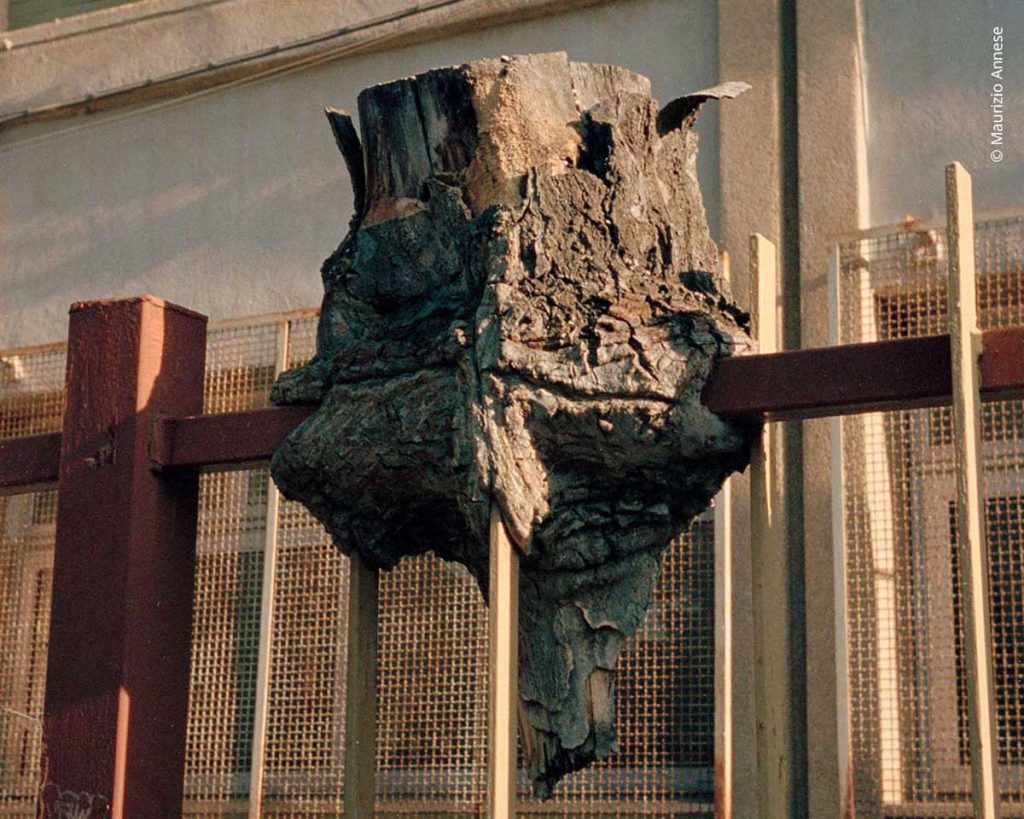
The need for a Xenourbanism - Rossella Ferorelli

Author: Rossella Ferorelli
In a time of constantly accelerating geopolitical and environmental disruption, urban and territorial studies are called to an essential reflection and a radical repositioning. Despite their incomparable possibilities to influence political action and orient the actual transformations, for both good and bad, of existing ecosystems (or, rather, exactly because of their political exposure), these disciplines seem to be evolving too slowly, and mostly stay obtusely impermeable to the most advanced edges of progressive cultural thought.
But the potential of this tragedy as a global ultimatum for a diffused critical thinking and a drastic action upon economic systems and lifestyles distorted by capitalistic aggressiveness will not trigger any revolution alone. For a massive, global action to happen, a deep observation of emerging phenomena is necessary, together with a careful work of interpretation and collective dissemination.
Luckily enough, the pandemic is sending us unequivocal messages, bringing to light the contradictions of our societal structures under the form of a set of explicit dichotomies. We have started to consider our culture as incompatible with nature; to only find a shelter in houses when we couldn’t anymore in cities; to impotently witness to the clash of work against our everyday lives; to run out of space and lose control of time; to exchange the benefits of publicness with those of privacy, and waste them both while doing it; to oppose the individual as a single against society as a whole, without knowing who to blame first; to transform the youngsters into a nightmare for the elderlies, and the other way around; and to uncover the hardest sides in the oldest, saddest human drama: the one ongoing between men and women.
And yet, it’s precisely from the bleeding edges of these trenches that new answers may emerge. Particularly, some of the most stimulating peaks of the global debate are currently found in the spectrum of feminist movements, of queer theory and into the many imaginative branches of ultimate post-labourism. Obviously, the history of feminism is permeated by fertile crossings with environmental movements since its first steps in contemporary age, as both conceptual worlds are deeply built on egalitarian and mutualistic bases, but
A careful interpretation of these positions, however, clearly shows the movement is obviously neither anti-environmentalist or anti-ecologist, and rather intends its professed anti-naturalism as the freedom to use technology to expand the biological possibilities of the human being beyond the typical restrictions of a patriarchal, oppressive society, still infiltrated with a theological structure of moral, whose obtuseness is usually paid by women and other subjects with non-conforming gender (and sexual, racial, spiritual, political, physical, …) identities.
Since the upsurge of this “second wave feminism” discourse, “xeno-” prefix has started to circulate in the debate around accelerationism, or the theoretical movement speculating, both seriously and humorously, about the possibility to take capitalism to an end by accelerating its inherent internal processes – typically, through technology. Given the evident common traits with Hester’s approach, accelerationism is also often referred to as Xenoleft.
But now, going back to our original question: what could urban and territorial studies learn and import from all this, and for what uses? Well, my opinion is that a dramatic turn of these scientific fields towards intersectionality, trans-culturalism, equality, and a holistic and dense political ecology is imperative. To reassume all this and the much more complex theoretical and practical levels behind, the mentioned neologisms can be of sure help.
A field of research working on the built environment by soothing the wounds of the history of exclusion (by man) occurred between species and natural reigns, and accepting the blurriness of the contours that define life. After all, dealing with a virus on a daily basis since more than one year is teaching us how we are indeed a patchwork of organisms, each of us a sort of moving hypercity; how, actually, the boundaries between each living (and non-living) being are everything but unmistakably recognizable; how, finally, life itself is completely anti-natural – in Hester’s sense – in its fierce opposition to the only, real natural spontaneity: the entropic death of Universe.
A city science based on such assumptions would lead political action towards the right, urgent choices that an intergenerational equality loudly demands, crying at us from the future.

Rossella Ferorelli
Rossella Ferorelli (1984), PhD in Architectural and Urban Design at Politecnico di Milano, she researches the evolution of the interaction between information, biopolitics and the built environment. She collaborates with international magazines, and teaches at Politecnico di Milano, writes and lectures regularly. Since 2011, she’s founding member of SMALL – Soft Metropolitan Architecture & Landscape Lab, architecture and urban design office and open platform based in Bari and Milan, investigating on the contemporary urban condition through different research forms.Since 2019, she works as Urban Designer at Comune di Milano, managing European Institute of Innovation and Technology (EIT) funded projects related with public space and active mobility.
Through the eyes of children
Education – Public Space – Social Innovation – Visual Art
Do we live on or are we part of a planet? - Frederic Hanusch
Education – Science
Planetary Health and Visual Culture - David Cross
Education – Science – Visual Art
Secret Sarayaku - Misha Vallejo
Education – Social Innovation – Visual Art
Photography and the climate emergency - Symposium III
Education – Science – Visual Art
Empathy and Connection in Environmental Storytelling
Education – Science – Visual Art
Contemporary Photography and Public Engagement
Education – Public Space – Science – Social Innovation – Visual Art
Alternative Aesthetics in Environmental Storytelling
Education – Science – Visual Art
How to make the invisible, visible? AIR by Marina Vitaglione
Science – Visual Art
Towards Trans-disciplinarity
Education – Public Space – Science – Visual Art
How photography can address climate crisis as a social justice issue
Education – Mass Media – Visual Art
Visualizing the Climate Crisis:
Ocean Acidification
Science – Visual Art
Taranthon reloaded:
co-design edition
Education – Social innovation
Visualizing the Climate Crisis:
Virtual Water
Education – Science – Visual Art
Visualizing the Climate Crisis:
the Fashion System
Education – Mass Media – Visual Art
